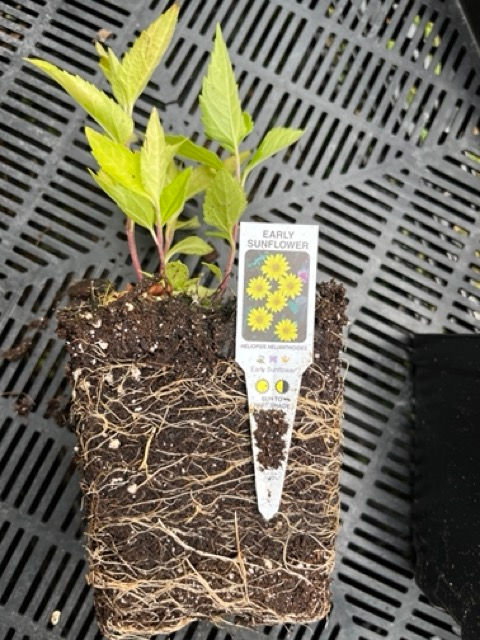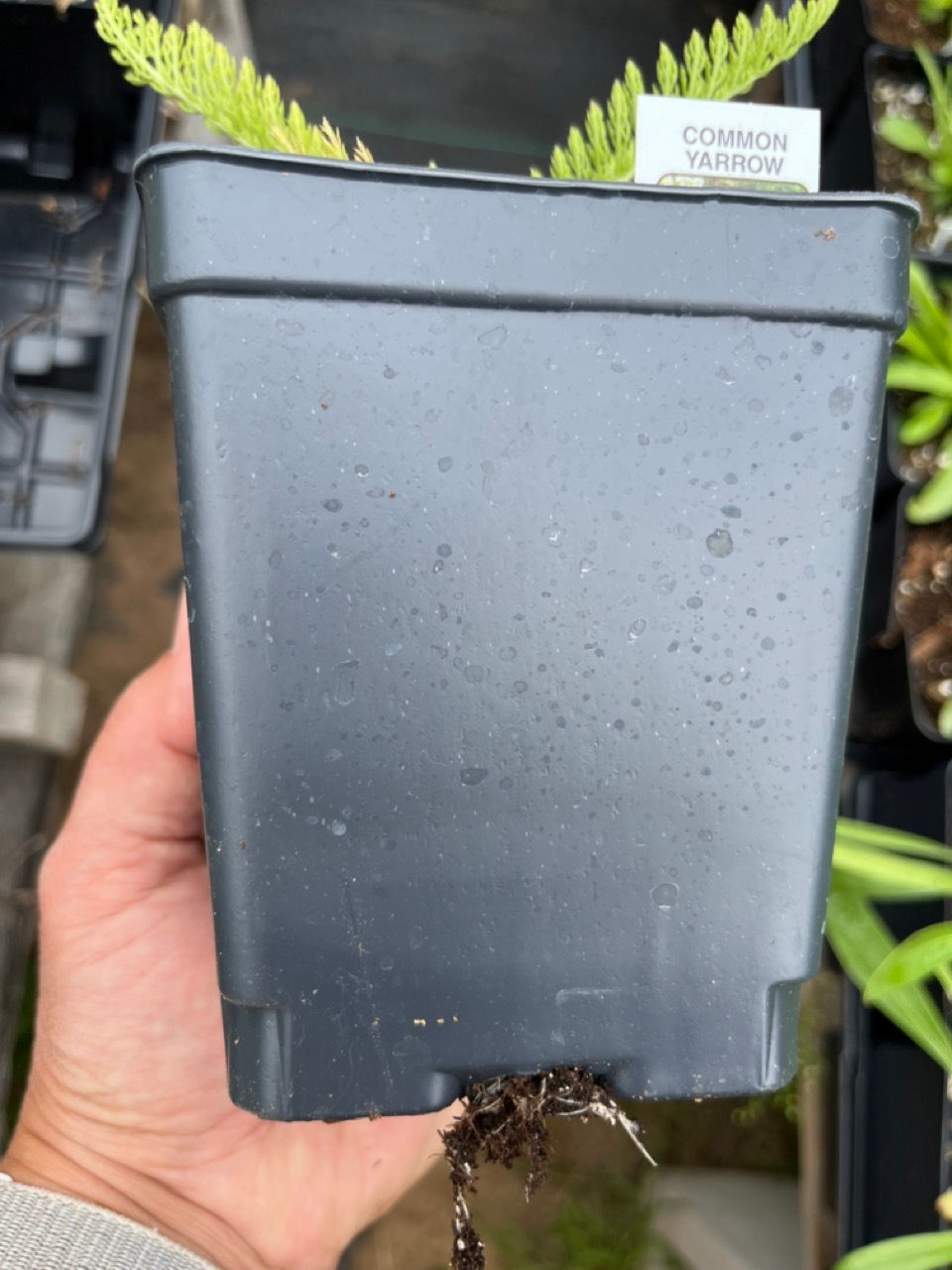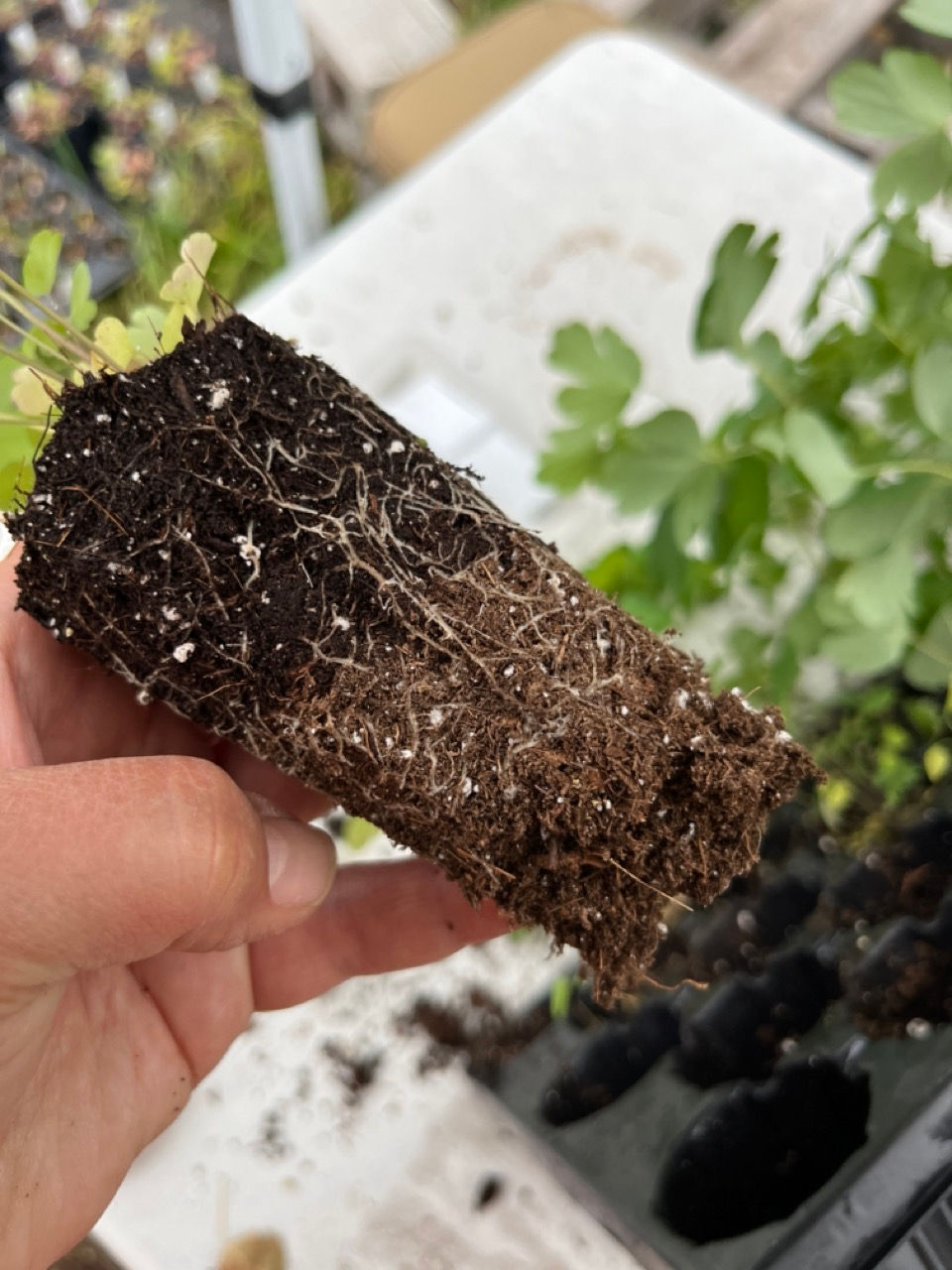Six Reasons Why Fall is the Best Time to Plant
- Michelle

- Sep 4, 2024
- 5 min read
Fall Planting? Yes, Please!
So many people have contacted me recently asking if there is still time to plant. Not only is there still time to plant, fall is the absolute best time to plant native plants. Here are 6 reasons why:
1. Sleep now, leap sooner
You may have heard the phrase "sleep, creep, leap" with regard to native plants. Almost everything we sell are perennials, yes even the sunflowers. (I really need to do a blog post on Michigan's native sunflowers). They are in this race for the long haul. In their first year of life, native plants just want to get their roots established: all the action happens underground, the plants appear to sleep, and it is easy to wonder if the little plants will even survive. But they will. Even if the tops remain tiny, the roots are growing furiously, either diving deep into the earth to tap moisture and nutrients that will sustain them through the heat of summer next year, or spreading out and establishing territory and relationships with surrounding roots in moister environments.
The second year native plants creep - putting out a bit more top growth and maybe flowering. The third year they leap, and start to show their true size and full blooms. The sooner they can get their roots into their new home, the sooner they can get to leaping. If you wait until spring, the leaping might not happen until 2027. Who can wait that long??? Let them do their sleeping now. Grow those roots this fall, and it is likely that they will start their creeping next year, leaping into glory a full year sooner!
2. There is plenty of time
These are vigorous Michigan native plants we are talking about, not tender cultivars raised in southern Iowa that will faint at the first frost. Many of our plants are pretty frost-resistant, even when small. They may get singed, but the tops will often survive some light frosts and keep pumping nutrients into the growing roots. Some, like Evening Primrose, may even shrug off the first frost and keep right on blooming. Once the tops have finally died back, many native plants in new environments will use stored energy to keep growing roots until the soil temperature cools too much to allow further growth. According to many sources, root growth will continue until the soil has cooled to 42 degrees. Here's one such source. In the U.P., soil temperatures may not dip that low until October or even November, depending on the year. Either way, even a couple of weeks can be enough to double a root system and set the plant up for next year's success.
3. Never say "Too Small" to a native plant
A Little Bluestem grass that is only 1/4 of an inch tall can have a 6-inch root system. Many native plants in containers will not grow expansive tops until the roots have been released into the actual soil. This prevents the plant from growing tops that are too large for the root space to support. Remember, roots grow first. It drives me nuts when people say they are leaving the plant in the container "to get bigger" before they plant it. The plant will get bigger when its roots are released to grow and it starts taking in soil nutrients from soil that hasn't baked in a plastic pot all season. Get it in the ground to grow those roots!
When you are buying a native plant, you are buying roots. The top will follow after the root growth happens. If you see a gigantic top that is way out of proportion to its container, you know the plant is running on pure fertilizer. What happens when you plant it and it has a giant green top without the roots to support it? Without life support of water, and maybe fertilizer, an oversized plant is going to die, no matter how luscious it looks in the pot. And aren't we planting native so we can break the intensive maintenance/watering/fertilizing cycle? So when you see a 3 inch plant at market with roots coming out the bottom, recognize that it is at the perfect size to plant and have no fears about its winter survival. We will successfully overwinter many many plants that are even smaller. Which brings me to the next point...
4. The plant you buy in May is the same one for sale now
It is impossible to grow all the species we grow from seed each spring in time for the first sales. We grow a lot of plants out in late summer and overwinter them in plug flats under the snow while they are only a couple inches tall. The plants you buy from us next May are very likely to be the exact same plants for sale at the late summer and fall markets. They would much rather overwinter tucked into your soil than in a thin plastic pot sitting on the frozen ground. There is no point in "waiting until spring" to buy the same plant. Give it a head start and plant it now. Not only will it grow this fall, it may start growing more roots in April - way before our nursery is up and running for the season.
5. Fall planting is more successful
Drying out is the cause of most new native plant failures. Although the moisture content of the soil is high in spring right after snow-melt, summer conditions reduce soil moisture levels rapidly in most years. The later season offers shorter days, cooler temperatures, and more rain, all of which serve to restore soil moisture levels and create a much more hospitable environment for root growth. When a plant is put in the ground in the spring, the hottest temperatures, longest sun exposures, and driest winds are all ahead of it, while its roots are still limited to the size of its recent container. The plant won't become drought-tolerant until its roots have had a chance to grow. Growing roots is easier when the plant is not heat-stressed by long sun exposure and hot winds. Plus, shorter fall days mean less photosynthesis, and cooler temps mean less evaporation, resulting in plants using less water. Bonus: fall planting means you don't have to do so much watering.
6. Nature needs your new plants yesterday
Every day is a struggle for birds, butterflies, bees, and all the other native critters. They are competing for the few native resources out there. The sooner you plant the native plants they need, the sooner they have a chance to find the right plant to lay a last monarch egg, a safe spot to pupate, a snack for hungry fledglings, fuel for a long migration or hibernation, or a stem that is just right to provision for a winter brood chamber. Your plants don't have to be big to have value. Putting your plants in this fall instead of waiting until spring may just allow a few more critters to survive the winter. Plant now: nature needs you.
Now is the best time to plant!
Order on-line or meet us at a Plant Sale
Meet us at the Marquette County Conservation District Saturday, September 7, for our biggest plant sale of the season! Details and RSVP for a reminder email Here.
Or, To get native perennial plants perfect for fall planting, order on our Shop page - this time of year we have quick pickups available for most items.
Stay tuned! Watch our Happenings page and follow us on social media for future dates.













Comments